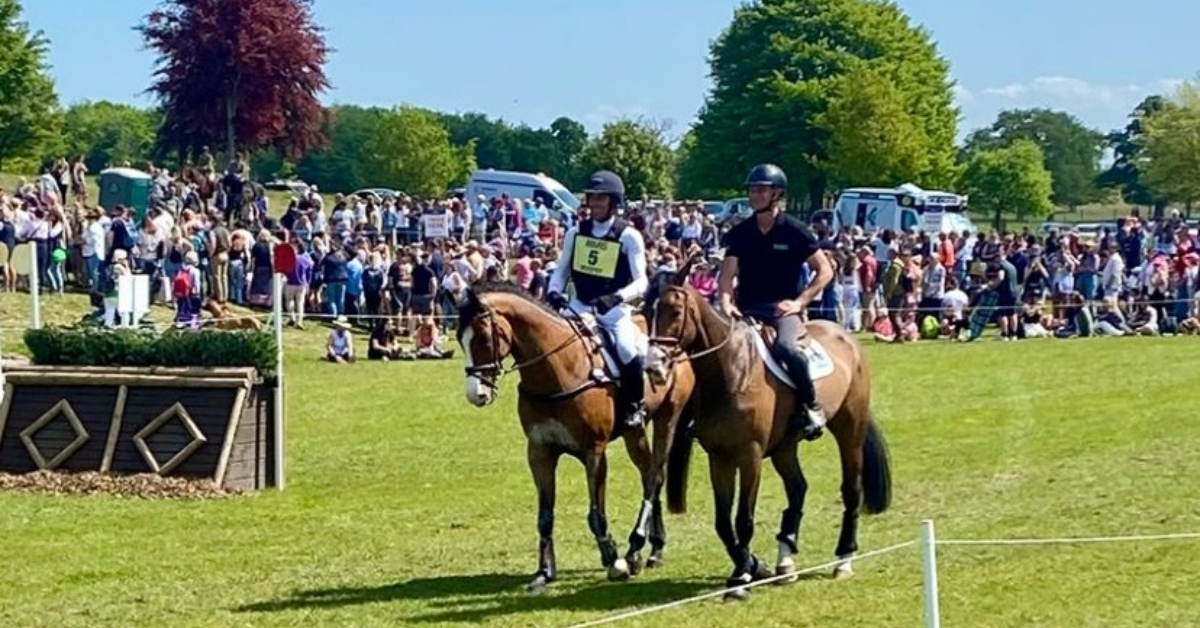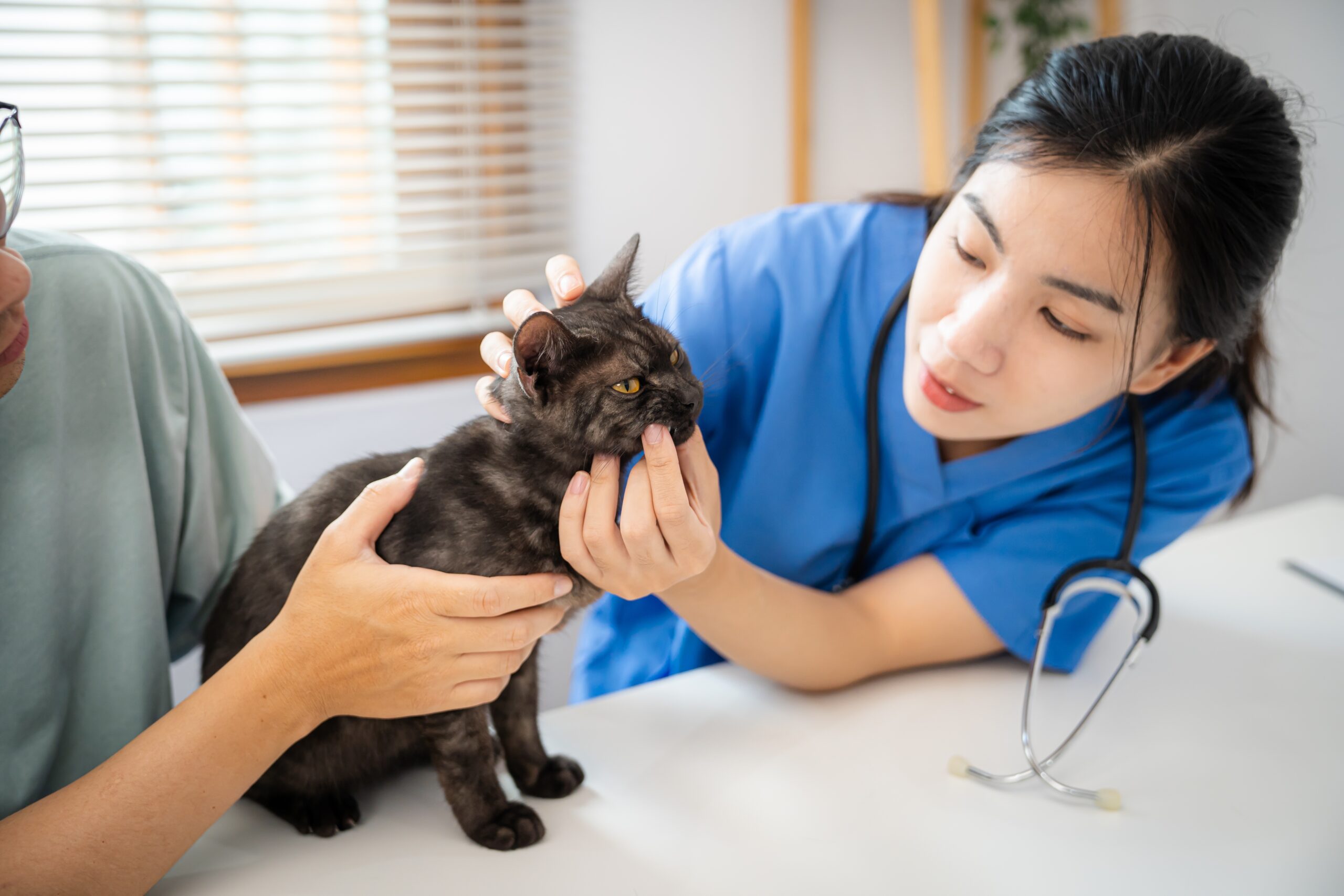CJ last week
I have a question for the wider equine industry. What is our obsession with using strong bits? I have an ex-racehorse who I ride in a loose ring snaffle with a lozenge. Initially, when I started with her, CJ lay on my hands. I would get off her and my arms would feel like they were no longer attached to my body. She fought every instruction I gave her and she was tense and felt quite rigid. A large part of this was because she was weak and struggled with the contact. Her body had never actually worked in that way before. All of this was unsurprising. I knew what I bought and I knew I was walking myself into a lot of work. What did surprise me was the amount of people who suggested to me to use a stronger bit. There were quite a few people who were actually surprised that I took her out and about in a snaffle. There are some occasions where a stronger bit is necessary, but I had a few reasons why I didn’t want to do that.
CJ last January
CJ’s first issue was weakness. I feel like I say it all the time but CJ was really underweight when I bought her. She had very little muscle, she was unfit and she was unbalanced. Humour me on this, but put yourself in her shoes. How would you feel if someone appeared one day expecting you to be able to be really precise, to be balanced and to be able to hold yourself perfectly? No one would even think of faulting you for not being a perfect figure skater – but the premise is the same. If you have never figure skated before, how could you possibly have the muscle built up to be able to execute jumps and spins to a high level? You would likely become exasperated and frustrated and spend a lot of time sitting on the ice. So how could I expect CJ to immediately have the strength to be able to hold herself properly? The reality was that she was leaning on me for support because she was finding it difficult to hold herself. The best thing I could do for her was lots of consistent work to allow her to build up this muscle. I am yet to come across the bit that comes with muscle preinstalled.
The second thing is that CJ’s brain gets really busy. She is a full thoroughbred who prides herself on her ability to get ahead of the crowd and guess the instruction before it has a chance to be given. A stronger bit is not going to slow down her brain. A lot of the time, CJ will offer a canter in a particular corner or might move herself on down the long side, and I can literally feel her surge with pride because she is so sure that she has done the right thing. How could I possibly fault her for trying her best to do the right thing? If anyone is at fault in that scenario, it is clearly me. If I make her work interesting enough and varied enough, she doesn’t get the chance to make those associations. If she is faulted for this effort, she will often become tense or frustrated and our productivity in that session will wane. Serpentines, figures of eight, working up the three-quarter line, working off the track, regular hacking and road work are all ways that I can vary her work and get her to actively listen to me. This variety has been a game changer with CJ, as has not letting myself repeat things until she gets wound up. A stronger bit certainly won’t help me become more interesting for her.
I need to install the buttons. CJ is an ex-racehorse. She has worked out of a different manual for years and years, and I am now asking her to switch and use a different manual. I find it interesting to look at how racehorses like CJ are trained and to see if there is potential to bring some of these elements into how I train her. I don’t have an arena so much of my reschooling work happened out on the roads, on forestry tracks and in the fields. CJ loves getting into open spaces and having the space and time to figure out what she is being asked before we add in too many extra questions and complications. When I first got CJ, her trot was awful, but gradually CJ has found herself being able to open up, soften into the contact, round up over her back and now is happy to go long and low in any environment. I do find myself getting a bit smug when she casually trots past barking dogs or screaming children with her nose to the floor. Now that I have all the buttons in place, I no longer feel the need to even consider a stronger bit because she has learnt how to respond to each of my aids in her snaffle. Even on her spiciest days. I know we have the foundations in place and that I can still communicate effectively with her.
There will be some occasions where a stronger bit is necessary, but I am wary of replacing good training with one. There is a distinct value to taking the time to assess our horse’s needs before we start playing musical bits. Does the horse have the strength to attempt self-carriage? Does it understand the role of the bit? Do you understand the role of the bit? There are so many questions we can ask to try to find solutions to most of the issues leading to using stronger bits. If it is a gap in your horse’s education or weakness, the value of the new bit will be limited. It is far more important to pick a bit that suits the conformation of your horse’s mouth and to make sure the basics are in place. A stronger bit doesn’t remove a horse’s brain and replace it. We still need to teach the horse what it means, what our aids are and that they should heed them. Is that not a better option long term?


Share
Your subscription is 100% Free for our first year, No credit card details required.

The Judging Concerns That Keep Coming Back — And Why They Can’t Be Ignored Anymore We didn’t make it to

There are few sporting events that live up to the hype. Wimbledon? Too many strawberries. Cheltenham? Too many suits. But

British Veterinary Association publishes full response to Competition and Markets Authority’s proposed remedies for veterinary market for household pets. The